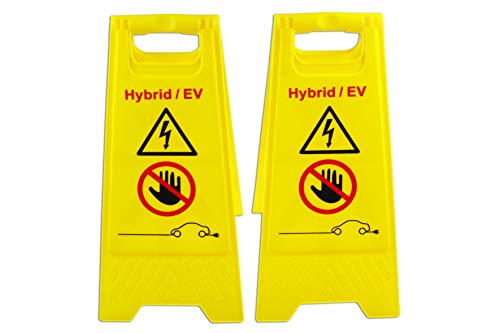Vike said:
Just checking back in on this thread, and I find this very strange discussion about "pre-heating/cooling" while the car is NOT plugged in. Umm, guys - that makes approximately zero sense. Either heat or a/c on MAX moves the cabin temperature pretty quickly. Yeah, it hits the battery a bit, but nothing like heating or cooling while nobody's in the car. If your trip's so short there isn't time for the cabin to warm up or cool down, then why bother?
Such a feature would have an excellent chance of stranding absent-minded or careless owners, especially those that get interrupted while on their way to the car. It ain't happenin' - and be glad for that.
I agree
If you want the car warmed up before you get in, it makes no sense (at least to me) to find a way to do that using the car's battery - Please plug the car in and use household power to do it
What none of us know at this point is the actual cost of driving this car, long term. We all feel like we've got a bargain driving around for 2 or 3 cents per mile of electricity, but someday our battery is going to be all used up and we're going to find out what it REALLY costs to drive this car. If your battery really can manage to hang in there for 100,000 miles and if you can get it replaced for only $10,000, then you just added 10 cents a mile to your previous 2 or 3 cents for your 'fuel' usage and your new 13 cents is now above what it costs to drive many of the smaller ICE cars which get 30 to 40 mpg
Wasting some of that finite amount of battery power every morning to pre-heat the car makes very little sense when it's so simple to do it with the car plugged in and not use up your limited battery power
RobertC mentioned reprogramming the computer for 'smoky burnouts' - Pretty sure Mitsu couldn't make that happen even if they wanted to. DC drive motors have tremendous amounts of torque available from zero RPM. Both the field and the armature (correct name for an electromagnetic rotor) in the motor are powered and generate opposing magnetic fields. The more current you pour equally into the armature and the field, the greater the opposing magnetic fields you generate and so long as the wire gauge of the windings, the brushes and the controller can handle a thousand amps or so, you can burn up tires to your hearts content
The AC motors used in EV's do not work this way. Only the field is powered and the rotor is a rare earth permanent magnet, so the largest amount of power you can get at low RPM is powering up the field so that it's magnetic field matches the limited power of the rotor's permanent magnet . . . . you cannot go beyond that. The AC motor actually has a very limited amount of torque at very low RPM's because it's limited by the strength of the rotor's permanent magnet, so to get 'smoky burnouts' you'd need a much larger, more powerful AC motor than the iMiEV came with
The massive torque that DC motors can generate is offset by the one big disadvantage all DC motors suffer from - Since the powered rotor (armature) has windings, it cannot safely spin much faster than 5,000 RPM or so without the armature windings flying off and that means many DC powered EV's need a multi-speed transmission so they can get both good low end torque and adequate freeway speeds - They can't do both. Our AC motor by comparison is computer limited to 10,000 RPM which gets us 81 MPH without the need for a two speed transmission. The other big advantage we have is that our limited low end torque makes it hard to tear up driveline pieces. If you replaced our AC motor with a 'smoky burnout' DC motor, you would then be reading here about broken axles, CV joints, gearboxes and other parts which are safely sized for our more gentle AC motor
All around, AC powered EV's are much better than DC powered ones, with the singular exception that we can't do smoky burnouts - We have regen and the DC guys don't. I'm not for trading my regen for smoky burnouts :mrgreen:
Don

































